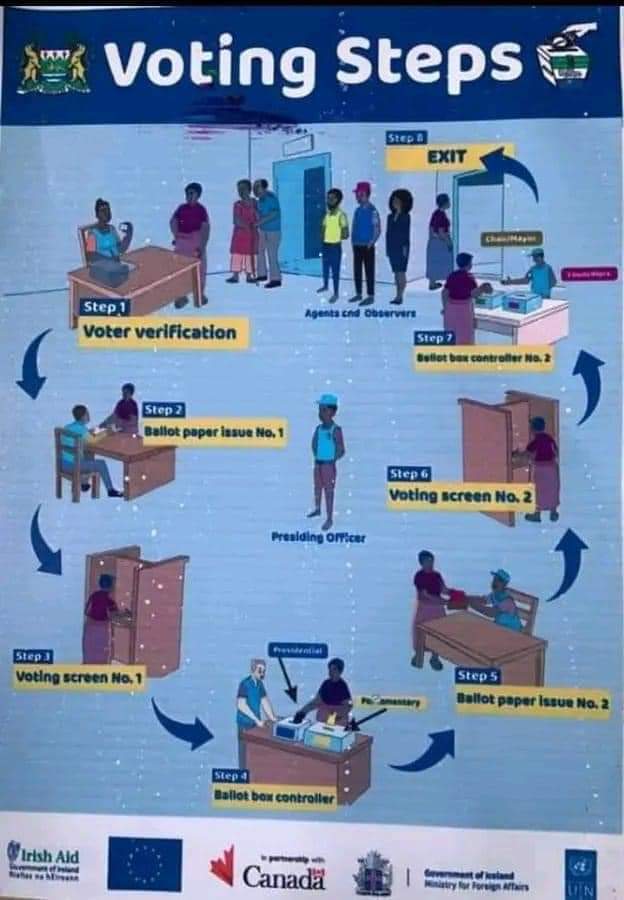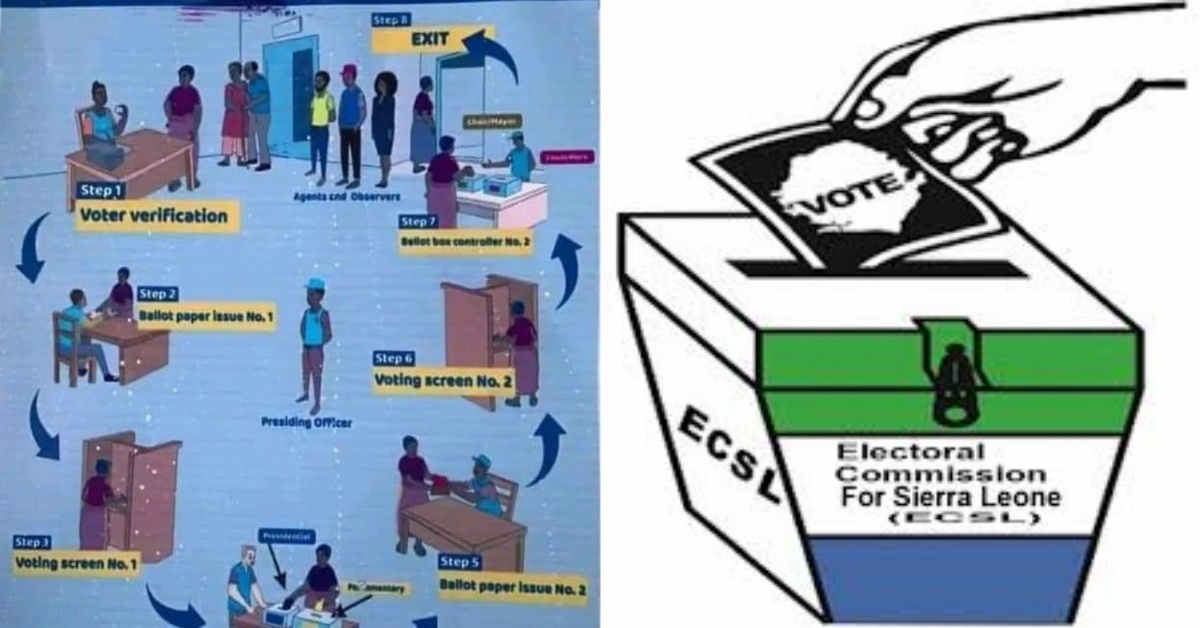In a bid to enhance the integrity and transparency of the electoral process, a series procedures have been implemented by electoral authorities.
These procedures aim to streamline the voting process and ensure that each vote is accurately recorded and counted. The following steps outline the revised process:
Step 1: The Voter Identification Officer will verify your details before proceeding, ensuring that only eligible voters can participate.
Step 2: The Ballot Paper Issuer-1 will provide the voter with two separate ballot papers. The first paper includes the presidential candidates’ photos, while the second paper contains the names and symbols of parliamentary candidates, whether they belong to political parties or are running as independent candidates.
Step 3: Voters are instructed to mark their ballot papers for only one candidate of their choice in each respective category.
Step 4: After making their selections, voters are directed to cast their votes and proceed to the next stage of the process.
Step 5: Ballot Paper Issuer-2 will issue another set of two ballot papers. These papers include the photos of candidates running for the position of Council Chairperson or Mayor, as well as the names and symbols of candidates vying for the position of Councilor, whether they are affiliated with political parties or running independently.
Step 6: Voters are instructed to make one mark on each of the ballot papers, indicating their preferred candidate for each position.
Step 7: Following the completion of the marking process, voters are directed to cast their ballot papers into the designated boxes. As an additional security measure, the BBC (Ballot Box Controller) will mark the voter’s finger with ink to prevent any potential multiple voting attempts.
Step 8: Once the voting process is complete, voters are free to exit the polling station.

These updated procedures aim to facilitate a more efficient and secure voting process, ensuring that each voter’s voice is accurately represented. By sharing this information, individuals can help educate and inform others about these new measures, contributing to a more informed and participatory electorate.



 1 Comment
1 Comment 










Thanks for the update